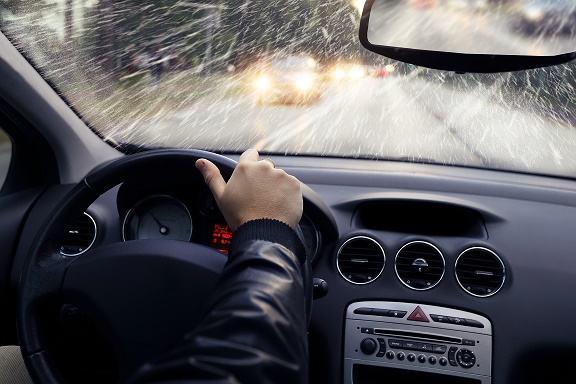Driving in a Winter Wonderland
None of us are strangers to the typical Ohio winter. We are used to the piles of snow and sheets of ice that await us on our morning commute from late November to early March. However, that doesn’t mean we can’t all use a reminder about driving in the ice and snow. Here are some tips for how to navigate the roads during winter.
Maintenance
Be sure that your car is properly maintained in the winter months. Check your battery, tire tread, brakes, and windshield wipers during the season. Make sure you have no-freeze fluid for your windshield washing fluid, and check your antifreeze. No one wants a problem with their car when the weather is this cold. Check these safety issues before driving, especially if traveling a long distance.
Preparation
The slick roads mean increased travel time while in the car. Always give yourself more than enough time to arrive at your destination. Arriving early is better than rushing while late and putting yourself in danger. Also, it’s smart to have a winter survival kit in your car in case of emergency. At a minimum, a winter survival kit should include: an ice scraper, a snowbrush, a shovel, sand (or kitty litter), a tow rope, jumper cables, road flares, antifreeze, a flashlight and batteries, a blanket, clothing, extra gloves, food (think energy bars), and water. Before leaving, clear all snow and ice from the windshield, windows, mirrors, and roof of the car. After starting your car, wait for it to defrost before moving. Visibility is important for staying safe on the roads. Don’t be the driver who is peaking out of a partially cleared spot in the windshield! Take a few minutes to complete the job and you will have a better chance at a safe drive to your destination.
Driving
Once all the preparation is done, it is time to get on the road. Always accelerate and decelerate slowly in ice and snow. It takes longer to decelerate, so give yourself added space between your car and the car in front of you. It is better to travel slowly in the snow and ice to prevent skidding. If you find yourself skidding, steering into the direction of the skid is the safest practice. Don’t forget that bridges and underpasses often ice over before roads do, and even if it looks clear there could be black ice if the temperature is low enough. Finally, if you do not have to go out, sometimes it is better to not take that risk. When possible, stay safe and warm inside, allowing the road crews to clear the roads quicker.
At Kasmer Insurance, we care about you and your families. Please employ safe driving habits this winter. Be sure to call us, email us, or see our Facebook page for more information.

